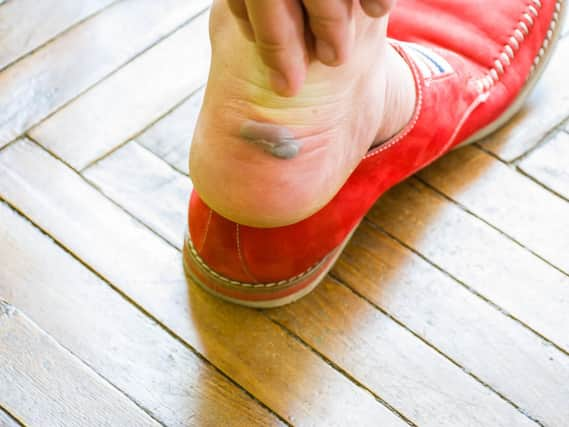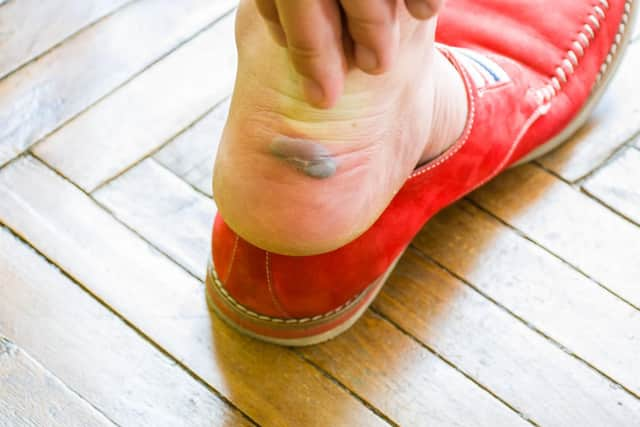FIRST AID: How to deal with blisters


St John Ambulance, the nation's leading first aid charity has teamed up with The News to bring you some simple, but life-saving, first aid tips. This week '“ blisters.
Blisters are fluid-filled bumps that look like bubbles on the skin. They usually form when
Advertisement
Hide AdAdvertisement
Hide Adsomeone's skin repeatedly rubs against something or is exposed to heat. When someone gets a blister, the part of the skin that is damaged leaks fluid that collects under the top layer of the skin, forming the blister '“ painful, red pockets of fluid.Â


Most blisters heal themselves within a few days. But seek medical help if:
'¢ They are extremely painful
'¢ You think they may be infected
'¢ They keep coming back
What you need to do:
If someone has a blister, don't burst it as this can increase the risk of infection. Wash the skin around the blister with clean water. Gently pat the skin dry with a sterile gauze pad or a clean, non-fluffy material.
If the blister was caused by something rubbing against the skin, cover it with a plaster '“
Advertisement
Hide AdAdvertisement
Hide Adideally a special blister plaster, as these have a cushioned pad that gives extra protection.
For those looking for quick, easily accessible first aid information, the St John Ambulance app is available free on smartphones at sja.org.uk. The website offers demonstration videos, an interactive game, and lots of free advice. For more information about first aid courses please call 0303 003 0101.Â